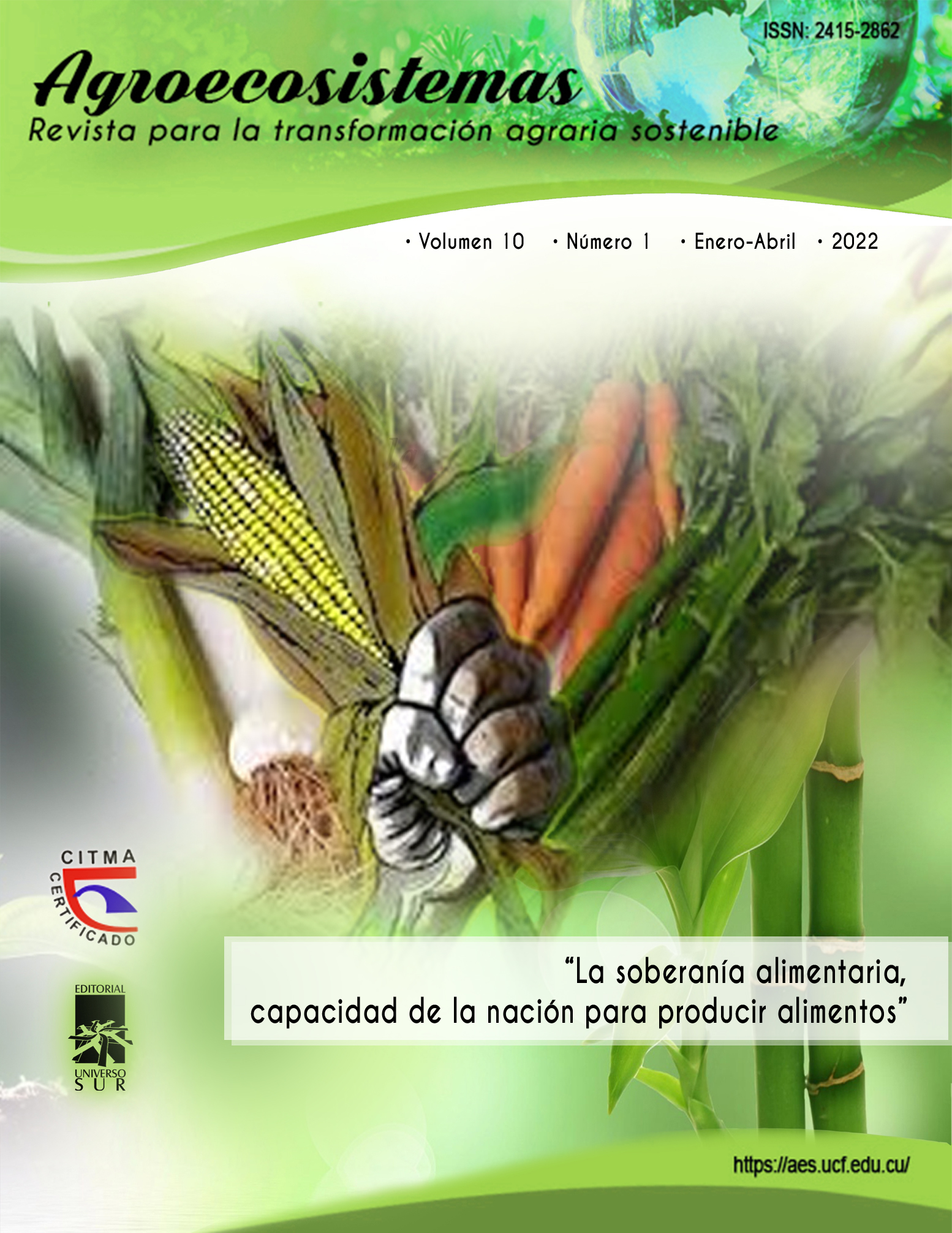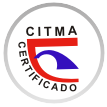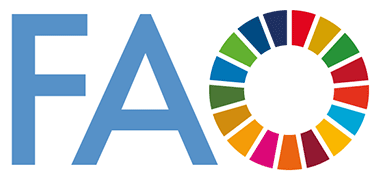Respuesta Agronómica y Fitosanitaria de plantas de Tomate (solanum lycopersicum l.) a la aplicación de Quitosano en condiciones controladas
Resumen
El tomate (Solanum lycopersicum L.) es un componente importante en la dieta de la mayoría de la población a nivel mundial contribuyendo fuertemente a la economía de países como Ecuador. Sin embargo, el cultivo de tomate se ve afectado por Alternaria solani responsable del tizón temprano. El objetivo de este trabajo consistió en medir la respuesta agronómica y fitosanitaria de plantas de tomate a la aplicación de quitosano en condiciones de invernadero. Se aplicó quitosano en el cultivo de tomate a diferentes dosis (50, 100, 150, 200, 250 y 300 mg. L-1) las variables a medir fueron la emergencia, altura de planta, longitud de raíz, diámetro del tallo, peso fresco de la raíz, peso seco de la raíz, racimos con frutos, frutos por planta, masa del fruto, rendimiento por hectárea y estado fitosanitario. Los resultados demostraron que el quitosano aplicado a una concentración de 300 mg. L-1 estimuló positivamente las variables evaluadas asociadas al crecimiento, producción y rendimiento. Además de disminuir la incidencia y severidad de manchas foliares causadas por Alternaria solani.
Palabras clave:
Alternaria solani, bioestimulante, crecimiento, cultivo .
ABSTRACT
Tomato (Solanum lycopersicum L.) is an important component in the diet of the majority of the worldwide population, contributing strongly to the economy of countries such as Ecuador. However, the tomato crop is affected by Alternaria solani responsible for early blight. The objective of this work was to measure the agronomic and phytosanitary response of tomato plants to the application of chitosan under greenhouse conditions. Chitosan was applied to the tomato crop at different doses (50, 100, 150, 200, 250 and 300 mg. L-1) the variables to be measured were emergence, plant height, root length, stem diameter, weight. fresh from the root, dry weight of the root, bunches with fruits, fruits per plant, fruit mass, yield per hectare and phytosanitary status. The results showed that chitosan applied at a concentration of 300 mg. L-1 positively stimulated the evaluated variables associated with growth, production and yield. In addition to reducing the incidence and severity of leaf spots caused by Alternaria solani.Keywords:
Alternaria solani, biostimulant, growth, crop.Descargas
Publicado
Cómo citar
Número
Sección
Licencia
La editorial "Universo Sur", de la Universidad de Cienfuegos, publica el contenido de la Revista Científica Agroecosistemas bajo una Licencia Creative Commons Atribución-NoComercial-SinDerivar 4.0 Internacional.
© Podrá reproducirse, de forma parcial o total, el contenido de esta publicación, siempre que se haga de forma literal y se mencione la fuente.







